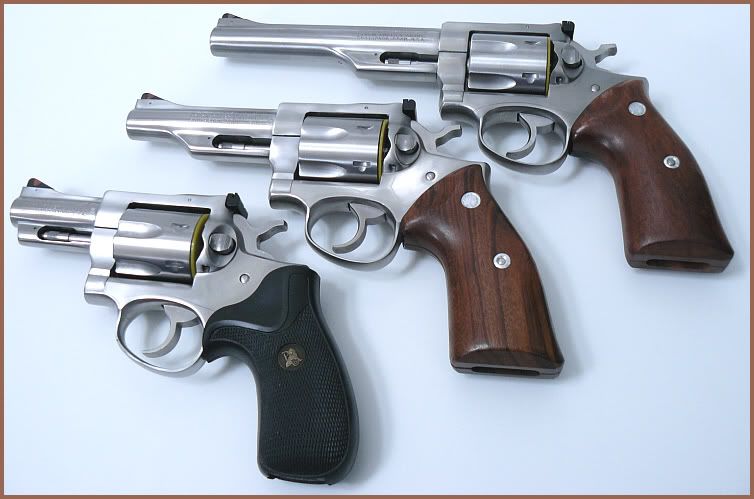Years ago, when the so-called cop-killer bullet controversy was making headlines, everyone in the media was trying to find reasons to outlaw any type of copper or teflon coated bullets that could penetrate the bullet-resistant vests cops wore. Even jacketed bullets that
couldn't penetrate these vests often got caught up in the fray by idiot lawmakers and reporters who didn't know the difference!
Working for the NRA at the time and covering the issue, I often touched base with gun writers and various pundits who were working with police and civic groups. And then the technology wasn't as advanced as it is today. And there were several things we were purposely trying to keep quiet for the good of the cops who wore such protection. First, any good centerfire rifle round could defeat such vests, and two, this was hush-hush back in those days, nearly all of the 125-grain jacketed hollow-point .357 magnum rounds then could also defeat them as well.
Can you imagine what the media back then would have done with that? Yep, all the proposed bans would have included them! At the time, we didn't want people to know what ammo would defeat vests because we didn't want criminals to use them against cops. But always happy to step up were the media! And rather than using a type of ammo, cop killers simply went for head shots when they ambushed their prey -- thanks to the media.
At the time it was pretty impressive that the .357 was the only caliber with a standard round that powerful. Vests have now improved, but no one should turn their noses up at the power and versatility of this caliber.


